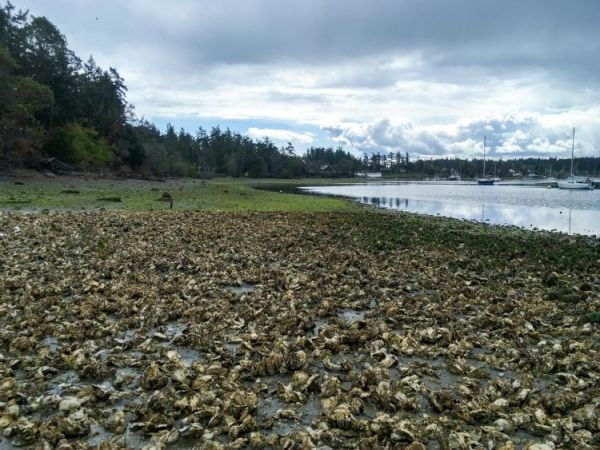Plastic pollution is an increasingly present threat to marine life and one which can potentially impact your dinner table.
Oysters, and other economically valuable shellfish, filter their food from the water where they may also inadvertently capture tiny microplastics. The ingestion and accumulation of these microplastics can have detrimental effects on their health and may be passed to other animals, including humans, through the food chain.
In a recent interdisciplinary study, University of Washington researchers at the School of Aquatic and Fishery Sciences, Department of Chemistry and Department of Materials Science and Engineering used advanced methodologies to accurately identify and catalog microplastics in Pacific oysters from the Salish Sea. They have discovered that the abundance of tiny microplastic contaminants in these oysters is much lower than previously thought. The findings were published in January in the journal Science of the Total Environment.
Read more at University Of Washington
Image: An oyster bed during low tide at Mystery Bay State Park on Marrowstone Island in Puget Sound. CREDIT: Julieta Martinelli/University of Washington


